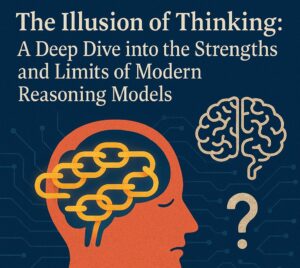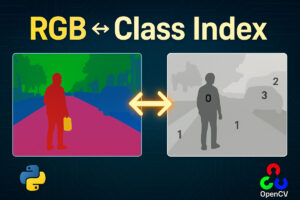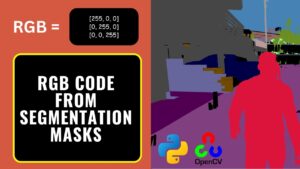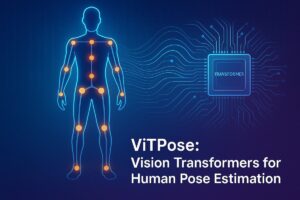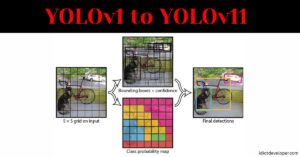Currently, Artificial Intelligence (AI) is progressing at a great pace and deep learning is one of the main reasons for this, so all the people need to get a basic understanding of it.
Table of contents
- What is Deep Learning
- What is Artificial Neural Network
- How Deep Learning Works
- Application of Deep Learning
- Limitations of Deep Learning
What is Deep Learning
Deep Learning is a subset of Machine Learning, which in turn is a subset of Artificial Intelligence. Deep Learning uses a class of algorithms called artificial neural networks which are inspired by the way the biological neural network functions inside the brain.
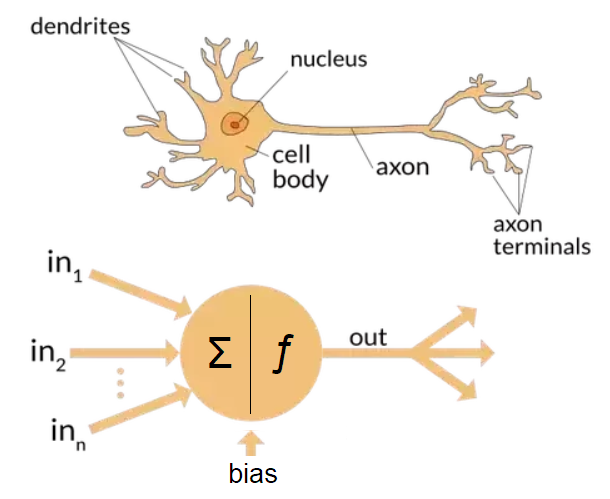
The advancement in the field of deep learning is due to the tremendous increase in computational power and the presence of a huge amount of data.
Deep learning is very much efficient in problem-solving as compared to other traditional machine learning algorithms. It has proven to be extremely accurate when dealing with complex non-linear data like medical images, speech recognition, facial recognition, and many others. It has solved many problems without any human intervention
Deep learning algorithms use multiple layers to progressively extract the most useful information or features from raw input data, such as an image or a piece of text. The earlier layers learn the simple concepts, while later layers learn the more complex concepts like digits, text or image.
What is Artificial Neural Network
Artificial neural networks (ANNs) are the core algorithms that can be implemented in deep learning. These algorithms were inspired by the information processing system of the biological neural networks of the brain. The artificial neural networks are static while the biological neural networks are dynamic in nature.

The artificial neural network comprises layers and within the layers, the nodes are present to represent. A neural network has an input layer, an output layer and multiple hidden layers between them.
How Deep Learning Works
As deep learning uses artificial neural network architecture, that is why they are often referred to as deep neural networks. The term “deep” denotes the number of hidden layers present in the neural network. These hidden layers can be up to 150 layers in the case of many advanced deep neural network architectures.
Training a deep neural network requires the following:
- Labelled dataset
- Computational resources (GPU’s)
Deep neural network architecture is first initialized with random weights and bias. It is then trained by using labelled dataset then the neural network architecture learns the important features directly from the data without any human intervention.
A neural network takes the input data and gives us the output, then we compare this neural network output (predicted output) with the real output (ground truth) to calculate the difference between them. This difference is called error. This error determines how much the neural network has learned the information. Next, we adjust the weights and bias to reduce the error. To reduce error, we continue to readjust the weights and bias until the error is minimized.
The neural network takes a long time to train on a CPU. Using a GPU or multiple GPUs can accelerate the training time reducing it from weeks to days.
Applications of Deep Learning
Deep neural networks has touched many different areas of human life and society. From language to medicine to robotics, it has revolutionized the way humans solve problems.
Virtual Assistants
Alexa, Siri or Cortana are an essential part of our daily life. These virtual assistants use deep learning to understand the human language and respond to our voice commands. Google’s voice search feature is another example, it can understand natural language and interpret the command to deliver you the desired result.
Autonomous Vehicles
The use of autonomous vehicles has become a reality due to the advancements in deep learning algorithms. Many companies are working on autonomous vehicles, such as Google, Tesla, BMW, etc.
The vehicles are equipped with the cameras, radar, ultrasonic sensors and other sensors to capture the world around it. With deep learning, we use the information from these sensors to build a model of the world and use that to make decisions to drive a car.
Chatbots
Chatbots are the future of digital communications and social interaction. They are becoming more and more powerful because of natural language processing and big data. These chatbots are used in many industries to interact with customers, employees and potential customers.
Facial Recognition
The use of deep learning to perform facial recognition on images has been increasing rapidly, due to its efficiency and ease of use. It is not only used for security and authentication applications, but also for tagging people on Facebook. In China, you can use facial recognition for online shopping and buying goods.
Language Translations
Another popular use of deep learning is to perform language translation. Google Translate is a great tool that’s widely used by travellers, business people and anyone looking for more precise translations. It’s incredibly useful for getting around and navigating in different languages.
Health Care
The impact of deep learning in the field of health care is very promising for improving patient care and reducing healthcare costs. In particular, the use of deep learning can make medical diagnosis and treatment decisions easier. It can assist doctors in the diagnosis of different cancer like colon cancer, breast cancer and others.
Polyp Segmentation using UNET in TensorFlow 2.0
Limitations of Deep Learning
Deep learning has changed the way we think about the world around us. It has helped us to make smarter choices about the things we do every day and how we interact with it. With all these benefits, it also has some limitations. Some of the most prominent of which are:
- Massive dataset: Deep neural networks require massive dataset to generalize well and get good results. This dataset can be labelled or unlabelled depending upon the requirements of the application. The unlabelled data is easy to obtain, but the labelled data is difficult to obtain. As for labelling the data requires human expertise which makes the process time-consuming and expensive.
- Computational resources: A deep neural network cannot be trained on normal computers. It requires powerful computers and specialized hardware like GPUs (Graphical Processing Unit) and TPUs (Tensor Processing Units) to operate. These hardware are expensive and cannot be afforded by every individual.
- Training time: Training a deep neural network can take days, weeks or even months depending upon the size of the dataset and the number of layers present in the network. The computational resources also determine the training time, the better the computational resources, the faster the training will be.

